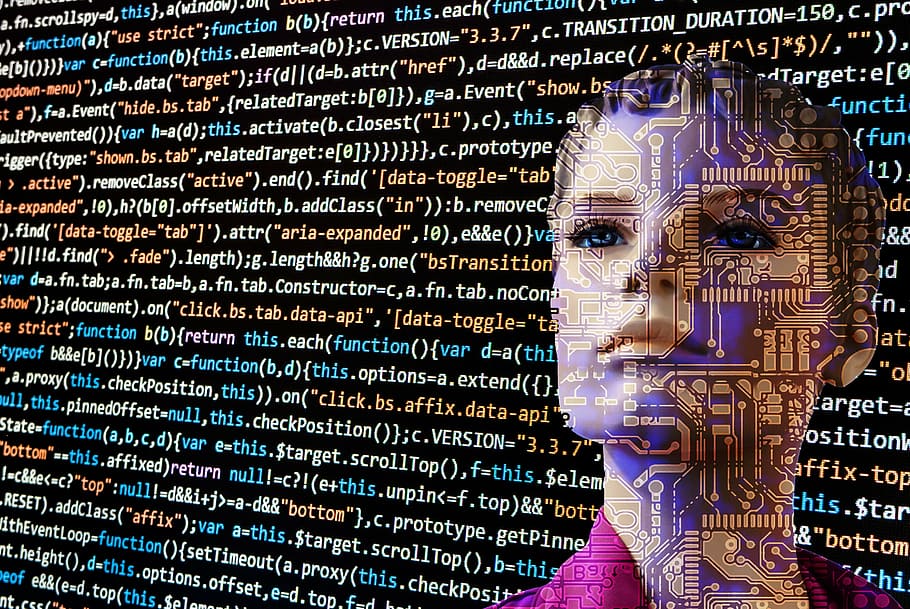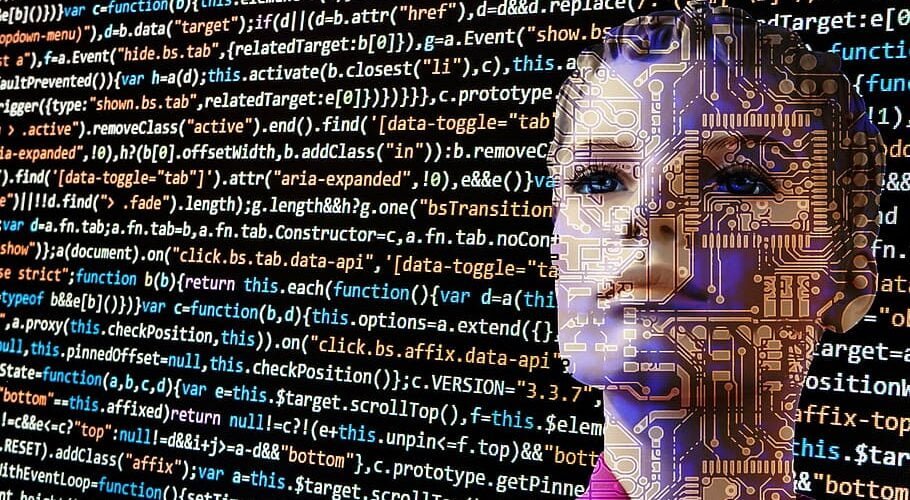AI Programming – As AI continues to grow, so does the need for programming languages that can handle its complex algorithms. Let’s take a look at some of the top programming languages for AI in 2023.
Python is a popular language for implementing machine learning and deep learning models. It also allows developers to build chatbots and natural language processing (NLP) applications.

Python – AI Programming Languages
There are many languages that you can choose to learn if you want to be involved in AI. It is important that you choose the right language for your job. Choosing the right language can help you get started, improve your skills, and prepare yourself for the future.
Python, a well-known language for AI development, is an excellent choice. This is because it’s easy to learn, versatile, and can be used on all operating systems. It also comes with a lot of libraries that can help you build your AI program.
You can use Python to create a variety of different AI programs, from chatbots and computer vision tools to machine learning models and natural language processing applications. You can also use Python to teach your AI how to do tasks by itself.
Another advantage of Python is that it’s an open-source programming language, which means you can use it for your own projects. This helps you save money on software, and you can even get help from others if you’re having trouble with a particular project.
The popularity of Python is growing, especially in the field of machine learning and data science. It’s a language that’s used by a lot of experts in these fields because it can handle a wide range of complex algorithms.
Easy to use, it can be used by anyone with no previous programming experience. It is a good choice for marketers and office workers who have to automate repetitive tasks.
Julia is an alternative programming language, which was specifically created for data analysis and scientific computing. It supports parallelism, which is a key concept in machine learning and AI-focused applications.
Julia is a new language but it continues to gain popularity due to its ease-of-use and computing power. It also comes with a strong support community, which makes it easier to find the information you need for your project.
It’s also a powerful language, so it can handle the complex algorithms needed to create a successful AI program. Although it’s frequently used with other languages in order to create AI-focused apps, it’s not always the best choice.
Java
If you’re planning to build AI programs that analyze data, it’s important to understand which programming languages can handle the complex algorithms that are required. Python, C++, and Java are the most important languages to be aware of.
These languages are easy-to-learn and highly extensible. These languages also offer a range of security and portability options.
As one of the most widely used and popular programming languages on the market, Java is the top choice for developing applications that will run across all types of devices and platforms. It’s a powerful and versatile language that can be used to create everything from mobile apps to enterprise software.
Java’s bytecode (compatibility code) is compatible with many operating systems. This means that you don’t have to create code for every platform. It is easier to update and develop new software, and it makes it easy to deploy and create them.
Nevertheless, there are some key limitations to the capabilities of Java. First, there’s a lack of support for complex numbers (i.e., values that have a real and imaginary part).
This is because Java doesn’t store these numbers in an exact way, like it does with integers and floating-point numbers. Instead, it stores the values as inexact binary representations.
That said, there are some libraries that provide Java with the ability to calculate and represent complex numbers. For example, the Apache Commons Mathematical Library contains a Complex class that represents and handles complex numbers and operations.
These complicated calculations are critical for many programs’ accuracy and efficiency. Inability to accurately perform these computations can lead to serious consequences for program performance.
As a result, it’s important to remember that precision is not the same as accuracy. A program with a very high degree of precision will be able to execute commands and actions with great speed, but it won’t always do what you want it to do. For this reason, it’s essential to make sure that you use the correct digits of precision for all mathematical values in your programs.
C++
C++ is a programming language that was created to handle the complex algorithms that are required in modern technology. It is used for a variety of different applications, including firmware for microcontrollers, operating systems, and games. You can also use it to build popular databases like MongoDB and MySQL.
It is an interpreted, object-oriented language that supports both procedural and functional programming styles. Its standard library contains a wide range of functions and classes for a broad array of tasks, such as I/O, string manipulation, and low-level system access.
C++, unlike other languages uses encapsulation. This allows the programmer to focus on what the code does and not worry about the way the data is being handled. The primary encapsulation mechanism is classes, which define a series of functions that share certain characteristics and provide a way to store and access data.
Encapsulation allows you to create code that is easily reused multiple times, without the need to write a function again. It is important as it saves developers effort and time, and helps them to create code they can trust.
C++ started out as a way to communicate with computers. However, C++ has evolved over time to handle more complex algorithms. C++11 was the most recent version and includes a variety of features to make it simpler to code.
As a compiled language, C++ is translated to machine code before execution and can therefore be much faster than other programming languages. C++ is very versatile and can be used in many different ways.
C++ is able to use data and instructions to build complex programs. This means that C++ can be used to write software that requires a lot of data manipulation and processing, making it ideal for AI applications.
R
In 2023, a number of programming languages are expected to grow in popularity and become the go-to tools for AI development. They include R, Java C++, and Rust.
Python is a language that has both a straightforward syntax and consists of countless libraries that make it simple to build applications that can be scaled and modified in a variety of ways. It also offers a robust ecosystem that supports developers across a wide range of industries.
Although Python is widely used in a wide range of programming needs and projects, it is especially popular for AI/ML development. This is because it can handle complex algorithms and provides a high level of flexibility.
You can use it to create chatbots or voice assistants. It has an array of pre-existing libraries that make it easier to develop a variety of AI applications.
Rust is another popular choice for AI developers. It allows you to create software that is fast and secure. It’s similar to C++ in terms of its syntax, but it also offers memory safety and prevents garbage collection.
Haskell, a flexible alternative to Java, is a great choice. It features lazy evaluation and list and LogicT monads, which help you express non-deterministic algorithms with ease.
It also provides a compositional way to write algorithms, which is useful for search trees and other data structures. It has support for infinite data structures and a pure type system, which makes it a versatile language for AI development.
It is important to remember that Haskell does not have support libraries, and it can be hard to learn. Therefore, this might not be the right choice for you.
C++, an extremely powerful language which has been in use for many decades, is still very popular among AI developers. Its fast processing speed and robustness make it the perfect language for complex machine learning models, but it also has a few drawbacks.
C++ is a useful tool in AI development, even though it doesn’t get enough credit. It’s a high-level, object-oriented programming language that translates user code into computer-readable machine code. You also get adaptive caching and dynamic load balancer.
